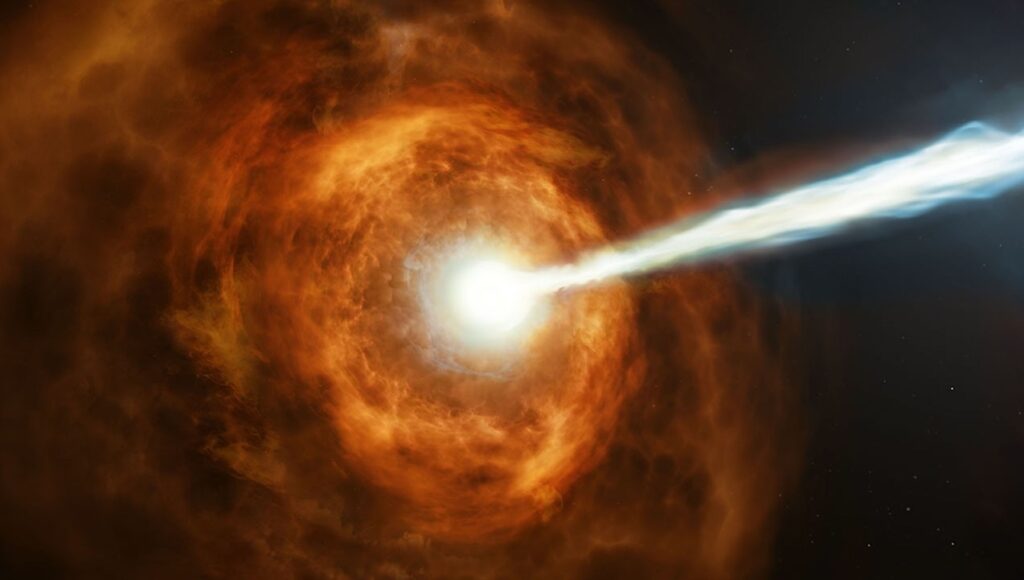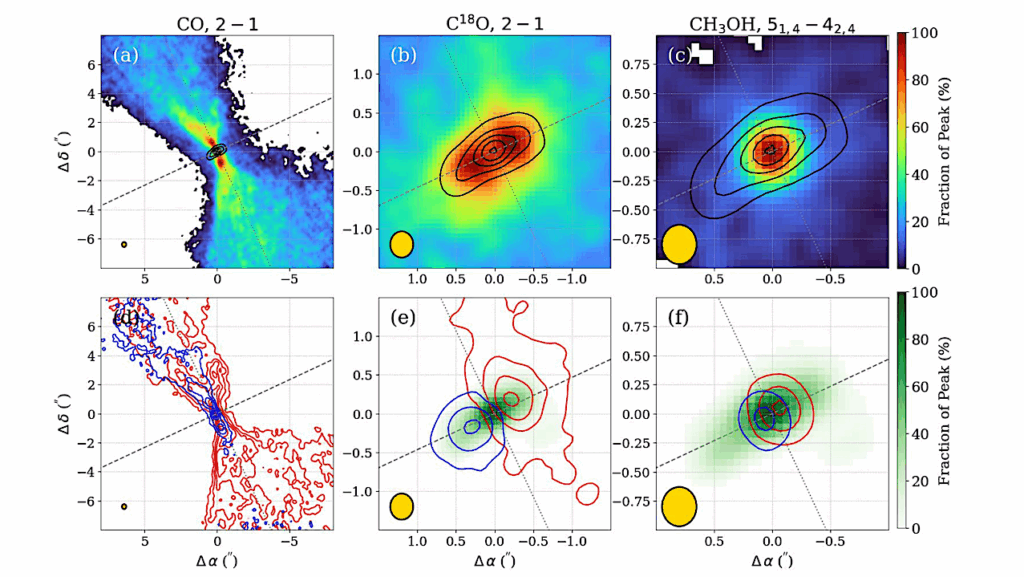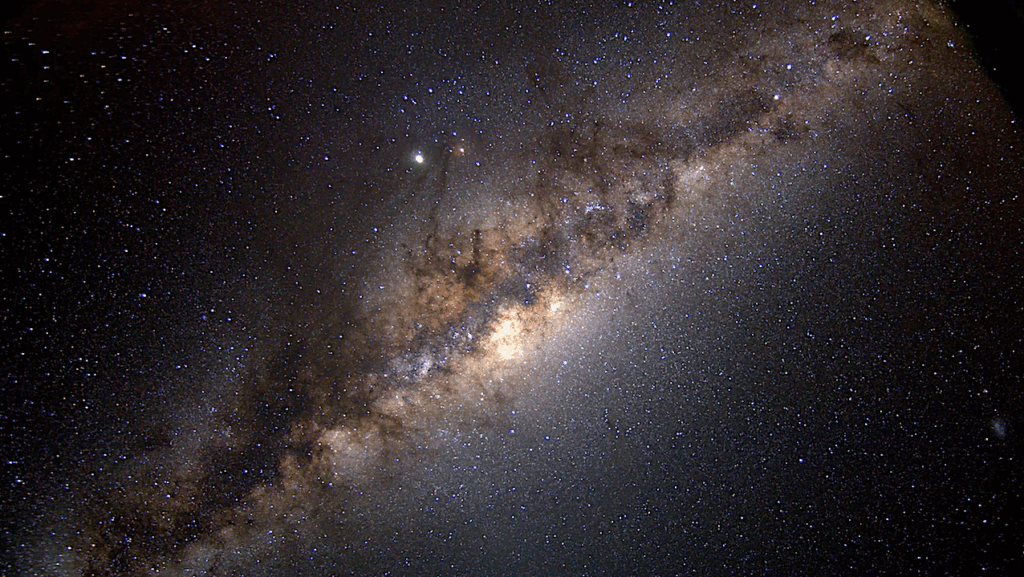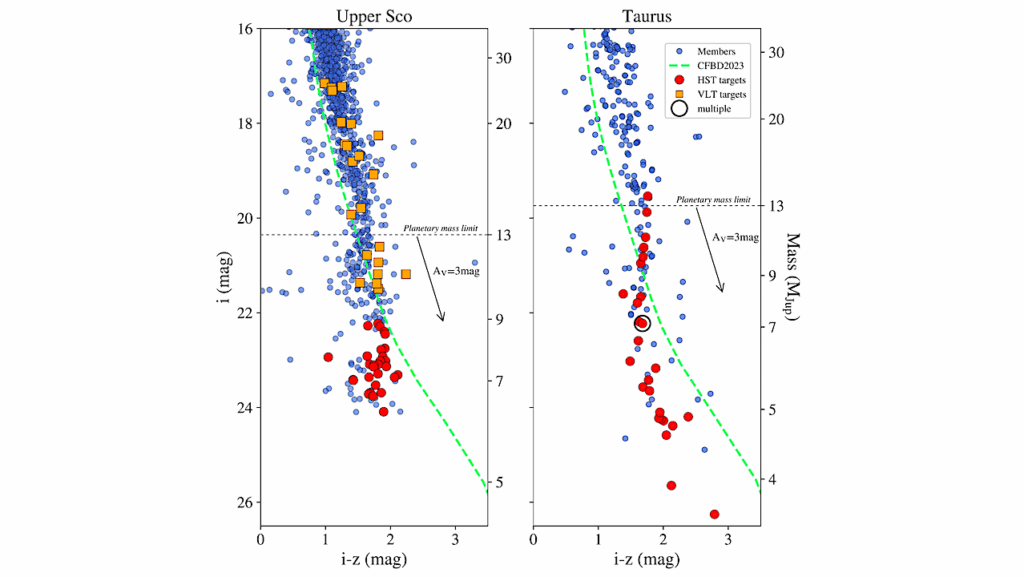Enhancing The Detection of Low-Mass, Earth-sized Planets

Variations related to stellar activity and correlated noise can prevent the detections of low-amplitude signals in radial velocity data if not accounted for.
This can be seen as the greatest obstacle in detecting Earth-like planets orbiting nearby stars with Doppler spectroscopy regardless of developments in instrumentation and rapidly accumulating amounts of data.
We use a statistical model that is not sensitive to aperiodic and/or quasiperiodic variability of stellar origin. We demonstrate the performance of our model by re-analysing the radial velocities of the moderately active star CoRoT-7 ( log R HK =−4.61 ) with a transiting planet whose Doppler signal has proven rather difficult to detect. We find that the signal of the transiting planet can be robustly detected together with signals of two other planet candidates.
Our results suggest that rotation periods of moderately active stars can be filtered out of the radial velocity noise, which enables the detections of low-mass planets orbiting such stars.
Filtering out activity-related variations from radial velocities in a search for low-mass planets
Mikko Tuomi, Guillem Anglada-Escude, James S. Jenkins, Hugh R. A. Jones (Submitted on 8 May 2014)
Comments: 6 pages + HARPS data, submitted to MNRAS. Comments welcome
Subjects: Earth and Planetary Astrophysics (astro-ph.EP); Solar and Stellar Astrophysics (astro-ph.SR)
Cite as: arXiv:1405.2016 [astro-ph.EP] (or arXiv:1405.2016v1 [astro-ph.EP] for this version)
Submission history From: Mikko Tuomi [v1] Thu, 8 May 2014 16:54:37 GMT (81kb)








